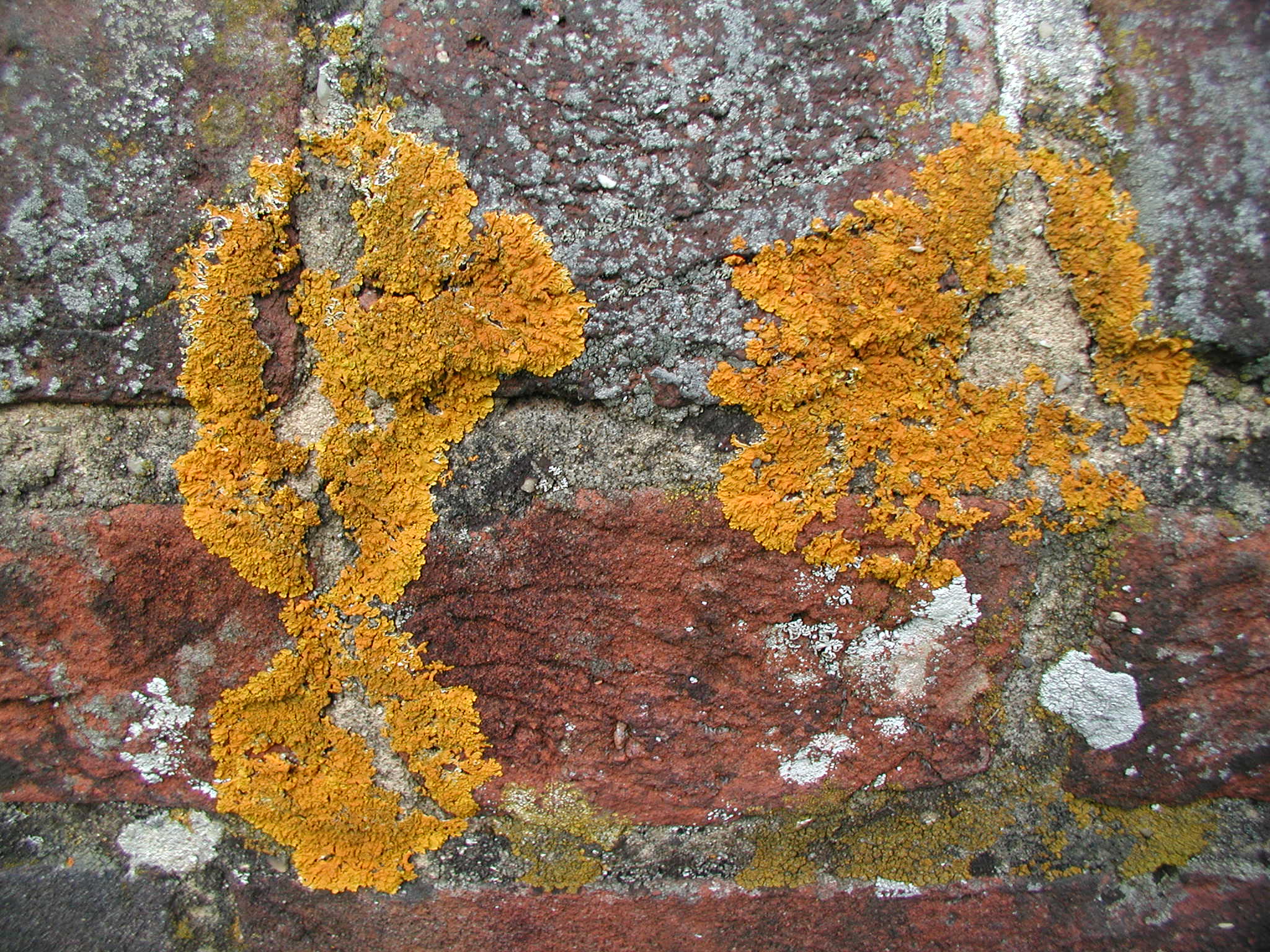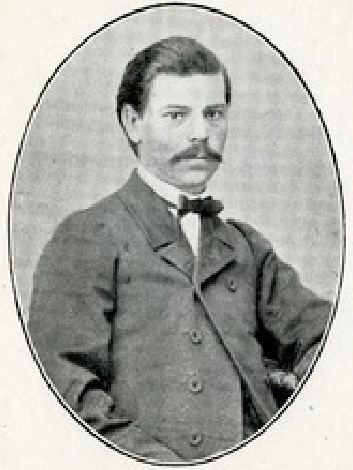|
Lecidea Keimioeensis
''Lecidea keimioeensis'' (originally published as ''keimioeënsis'') is a species of crustose lichen. It was collected by Finnish botanist Kaarlo Linkola from , Finland, (for which the species is named), and identified as a new species by Edvard August Vainio. This species was the last one described by Vainio before he had to go to the hospital for a sudden illness, where he died two weeks later. Since its original publication, it has scarcely been reported in the scientific literature. In a 1997 assessment report about the inclusion criteria for a Finnish Regional Red List A Regional Red List is a report of the threatened status of species within a certain country or region. It is based on the IUCN Red List of Threatened Species, an inventory of the conservation status of species on a global scale. Regional Red ..., the species was described as an example of "probably curiosities known to only one researcher". See also * List of ''Lecidea'' species References Leci ... [...More Info...] [...Related Items...] OR: [Wikipedia] [Google] [Baidu] |
Vain
{{disambiguation, surname ...
Vain may refer to: * Vain (horse) (1966–1991), a champion Australian Thoroughbred racehorse * Vain Stakes, an Australian Thoroughbred horse race * Vain (band), a glam metal band formed in the San Francisco Bay Area in 1986 * Vaginal intraepithelial neoplasia (VAIN), a medical disorder * Vain, a strange creature who plays an important part in '' The Chronicles of Thomas Covenant'' by Stephen Donaldson * ''Vain.'', taxonomic author abbreviation for Edvard August Vainio (1853–1929), Finnish lichenologist See also * Vanity * Vane (other) Vane may refer to: People * Vane (surname) * Vane Featherston (1864–1948), English stage actress * Ivan Vane Ivanović (1913–1999), Yugoslav-British athlete, shipowner, political activist, and philanthropist * Vane Pennell (1876–1938), Eng ... [...More Info...] [...Related Items...] OR: [Wikipedia] [Google] [Baidu] |
Crustose Lichen
Crustose lichens are lichens that form a crust which strongly adheres to the substrate (soil, rock, tree bark, etc.), making separation from the substrate impossible without destruction. The basic structure of crustose lichens consists of a cortex layer, an algal layer, and a medulla. The upper cortex layer is differentiated and is usually pigmented. The algal layer lies beneath the cortex. The medulla fastens the lichen to the substrate and is made up of fungal hyphae. The surface of crustose lichens is characterized by branching cracks that periodically close in response to climatic variations such as alternate wetting and drying regimes. Subtypes * Powdery – considered as the simplest subtype due to the absence of an organized thallus. :The thallus appears powdery. :E.g. Genera '' Lepraria'', ''Vezdaea'' * Endolithic – grows inside the rock, usually in interstitial spaces between mineral grains. The :upper cortex is usually developed. :E.g. Genus '' Lecidea'' * Epi ... [...More Info...] [...Related Items...] OR: [Wikipedia] [Google] [Baidu] |
Kaarlo Linkola
Kaarlo Linkola (surname until 1906 Collan; 1888–1942) was a Finnish botanist and phytogeographer. Linkola was docent of botany at Helsinki University 1919–1922. He was professor of botany at University of Turku from 1922, and at Helsinki University from 1925 (in a newly established second chair of botany). He was head of the botanical institute from 1926, dean of the ''Faculty of Science'' for two periods (1930–1933 and 1936–1938) and rector of Helsinki University 1938–1941. Linkola's doctoral dissertation (1916) dealt with the impact of culture of vegetation in Southern Karelia. Much later Ilkka Hanski used Linkola's data on plants associated with villages isolated in the boreal forest landscape matrix to illustrate his core-satellite hypothesis. Linkola made a unique contribution to the understanding of regeneration in herbaceous plant communities in studying the natural occurrence of seedlings in meadows and on cliffs. Linkola and his students made a suite of inve ... [...More Info...] [...Related Items...] OR: [Wikipedia] [Google] [Baidu] |
Edvard August Vainio
Edvard August Vainio (born Edvard Lang; 5 August 185314 May 1929) was a Finnish lichenologist. His early works on the lichens of Lapland, his three-volume monograph on the lichen genus ''Cladonia'', and, in particular, his study of the classification and form and structure of lichens in Brazil, made Vainio renowned internationally in the field of lichenology. Young Vainio's friendship with university student Johan Petter Norrlin, who was nearly eleven years older, helped him develop an impressive knowledge of the local cryptogams (ferns, mosses, algae, and fungi, including lichens) and afforded him ample opportunity to hone his collection and identification techniques at an early age. It was through this association that Vainio met Norrlin's teacher, the prominent lichenologist William Nylander, who supported his early botanical efforts. Vainio's earliest works dealt with phytogeography—elucidating and enumerating the local flora—and are considered the earliest publicatio ... [...More Info...] [...Related Items...] OR: [Wikipedia] [Google] [Baidu] |
Species Description
A species description is a formal description of a newly discovered species, usually in the form of a scientific paper. Its purpose is to give a clear description of a new species of organism and explain how it differs from species that have been described previously or are related. In order for species to be validly described, they need to follow guidelines established over time. Zoological naming requires adherence to the ICZN code, plants, the ICN, viruses ICTV, and so on. The species description often contains photographs or other illustrations of type material along with a note on where they are deposited. The publication in which the species is described gives the new species a formal scientific name. Some 1.9 million species have been identified and described, out of some 8.7 million that may actually exist. Millions more have become extinct throughout the existence of life on Earth. Naming process A name of a new species becomes valid (available in zo ... [...More Info...] [...Related Items...] OR: [Wikipedia] [Google] [Baidu] |
Regional Red List
A Regional Red List is a report of the threatened status of species within a certain country or region. It is based on the IUCN Red List of Threatened Species, an inventory of the conservation status of species on a global scale. Regional Red Lists assess the risk of extinction to species within a political management unit and therefore may feed directly into national and regional planning. This project is coordinated by the Zoological Society of London, the World Conservation Union (IUCN) and partners in national governments, universities and organizations throughout the world. Regional Red Lists may assist countries or regions in: * Determining the conservation status and trends of species * Identifying species or ecosystems under greatest threat * Informing conservation planning and priority setting * Raising awareness of threatened species Assessing extinction risk on a regional scale The IUCN Categories and Criteria were initially designed to assess the conservation s ... [...More Info...] [...Related Items...] OR: [Wikipedia] [Google] [Baidu] |
List Of Lecidea Species
This is a list of species in the predominantly crustose lichen genus ''Lecidea''. They are commonly known as "disk lichens" or "tile lichens". A 2020 estimate placed about 100 species in the genus. , Species Fungorum accepts 121 species in ''Lecidea''. A *''Lecidea aberrata'' *'' Lecidea adnata'' *'' Lecidea advertens'' *'' Lecidea albofuscescens'' *'' Lecidea albohyalina'' *'' Lecidea antiloga'' *'' Lecidea aptrootii'' *''Lecidea atrobrunnea'' *'' Lecidea atromorio'' *'' Lecidea aurantia'' *'' Lecidea auriculata'' B *''Lecidea bacidioides'' *'' Lecidea berengeriana'' *''Lecidea brodoana'' *'' Lecidea brunneonigrescens'' *''Lecidea buellielloides'' C *''Lecidea callista'' *''Lecidea calpodes'' *''Lecidea campbellensis'' *''Lecidea canorufescens'' *''Lecidea capensis'' *''Lecidea cerarufa'' *''Lecidea cerviniicola'' *''Lecidea chlorocarpa'' *''Lecidea chloropolia'' *'' Lecidea chondroides'' *'' Lecidea commaculans'' *''Lecidea confluens'' *'' Lecide ... [...More Info...] [...Related Items...] OR: [Wikipedia] [Google] [Baidu] |
Finnish Environment Institute
The Finnish Environment Institute (SYKE) ( fi, Suomen ympäristökeskus, sv, Finlands miljöcentral) is a multidisciplinary research and expert institute under the Ministry of the Environment, Finland. SYKE has four office and research facilities in Helsinki, Oulu, Jyväskylä and Joensuu. SYKE's mission is to support the building of a sustainable society with research, information and services. Impacting objectives of the SYKE are:Finnish Environment Institute SYKE's strategy for 2021–2025: https://www.syke.fi/en-US/SYKE_Info/Strategy # We enhance climate change mitigation and adaptation # We advance the transition to a sustainable circular economy A circular economy (also referred to as circularity and CE) is a model of production and consumption, which involves sharing, leasing, reusing, repairing, refurbishing and recycling existing materials and products as long as possible. CE aims ... and bioeconomy # We support urban areas on their way to becoming forerunners ... [...More Info...] [...Related Items...] OR: [Wikipedia] [Google] [Baidu] |
Lecideales
The Lecideales are an order of lichenized fungi in the class Lecanoromycetes. The order contains two families: the ''Lecideaceae'', which contains 29 genera and about 260 species, and Lopadiaceae, which contains the single genus ''Lopadium Ulubad or Uluabat, in the Byzantine period Lopadion ( grc, Λοπάδιον), Latinized as Lopadium, is a settlement near the town of Karacabey in the Bursa Province of northwestern Turkey. It was sited on the ancient Miletouteichos. History Ulua ...'' of 10 species. References Lecanoromycetes orders Lecideales Lichen orders Taxa described in 1934 Taxa named by Edvard August Vainio {{Lecanoromycetes-stub ... [...More Info...] [...Related Items...] OR: [Wikipedia] [Google] [Baidu] |
Lichen Species
A lichen ( , ) is a composite organism that arises from algae or cyanobacteria living among filaments of multiple fungi species in a mutualistic relationship.Introduction to Lichens – An Alliance between Kingdoms . University of California Museum of Paleontology. Lichens have properties different from those of their component organisms. They come in many colors, sizes, and forms and are sometimes plant-like, but are not s. They may have tiny, leafless branches ( fruticose); flat leaf-like structures ( [...More Info...] [...Related Items...] OR: [Wikipedia] [Google] [Baidu] |
Fungi Of Europe
A fungus ( : fungi or funguses) is any member of the group of eukaryotic organisms that includes microorganisms such as yeasts and molds, as well as the more familiar mushrooms. These organisms are classified as a kingdom, separately from the other eukaryotic kingdoms, which by one traditional classification include Plantae, Animalia, Protozoa, and Chromista. A characteristic that places fungi in a different kingdom from plants, bacteria, and some protists is chitin in their cell walls. Fungi, like animals, are heterotrophs; they acquire their food by absorbing dissolved molecules, typically by secreting digestive enzymes into their environment. Fungi do not photosynthesize. Growth is their means of mobility, except for spores (a few of which are flagellated), which may travel through the air or water. Fungi are the principal decomposers in ecological systems. These and other differences place fungi in a single group of related organisms, named the ''Eumycota'' (''true ... [...More Info...] [...Related Items...] OR: [Wikipedia] [Google] [Baidu] |
Taxa Named By Edvard August Vainio
In biology, a taxon (back-formation from ''taxonomy''; plural taxa) is a group of one or more populations of an organism or organisms seen by taxonomists to form a unit. Although neither is required, a taxon is usually known by a particular name and given a particular ranking, especially if and when it is accepted or becomes established. It is very common, however, for taxonomists to remain at odds over what belongs to a taxon and the criteria used for inclusion. If a taxon is given a formal scientific name, its use is then governed by one of the nomenclature codes specifying which scientific name is correct for a particular grouping. Initial attempts at classifying and ordering organisms (plants and animals) were set forth in Carl Linnaeus's system in ''Systema Naturae'', 10th edition (1758), as well as an unpublished work by Bernard and Antoine Laurent de Jussieu. The idea of a unit-based system of biological classification was first made widely available in 1805 in the int ... [...More Info...] [...Related Items...] OR: [Wikipedia] [Google] [Baidu] |






